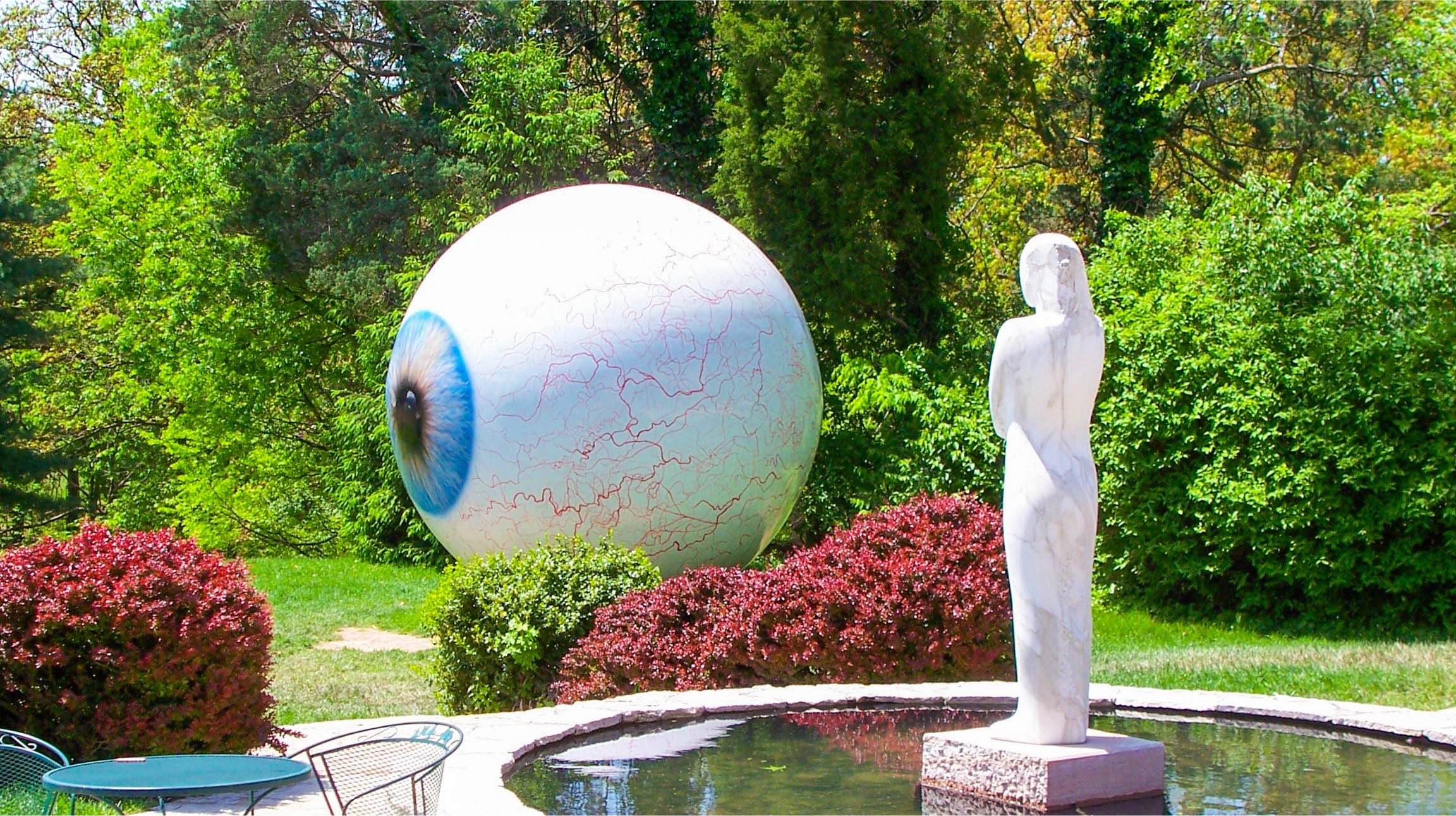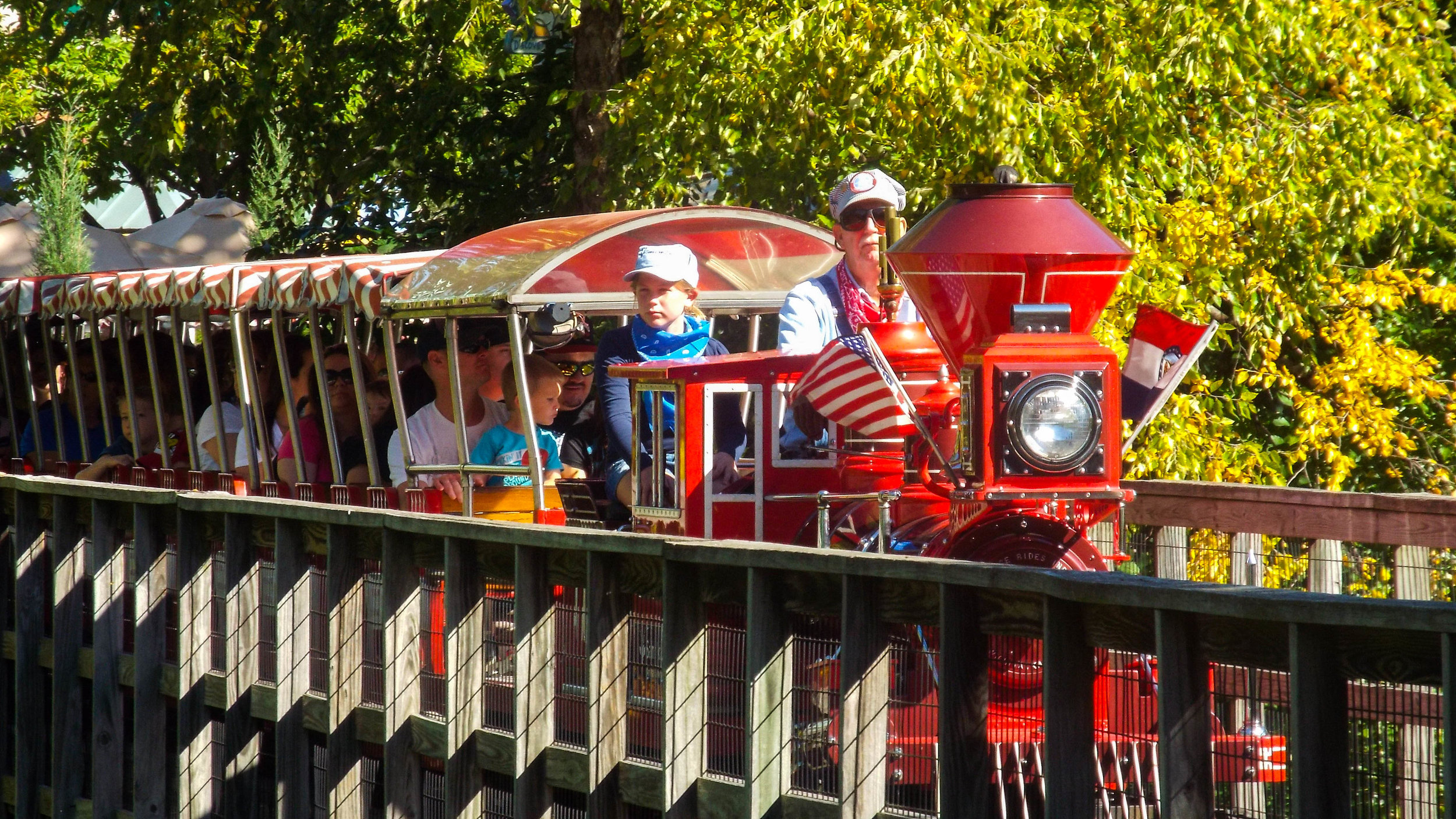Welcome to Kirkwood, Missouri
"Where Community and Spirit Meet"
Downtown Kirkwood
Kirkwood is the first planned suburb located west of the Mississippi River. 1849 was a traumatic year for St. Louis when a fire starting on a steamboat destroyed 430 buildings and 23 steamboats and a cholera epidemic killed over 4,500 people, one-tenth of the population of the city. In 1850, anticipating the arrival of the Pacific Railroad, real estate promoters Hiram W. Leffingwell and Richard S. Elliott bought three small farms on Dry Ridge, 14 miles from downtown St. Louis.
When the railroad reached the site of Collins Station (Owen Collins was one of the farm owners) in 1853 the community's plat was filed. The town was named for the railroad surveyor, James P. Kirkwood, who surveyed the area in 1850. Collins Station was renamed for him as well. Leffingwell and Elliot organized the Kirkwood Association, began advertising the area's 640-foot altitude as healthful, and sold lots. Kirkwood was a well-planned city from its very beginnings. The streets were plotted on a rectangular grid and the community featured wide-open spaces and offered its wealthy, middle-class residents an appealing alternative to crowded city life. Deed restrictions limited commercial endeavors in Kirkwood keeping the city free of things such as slaughterhouses, soap factories or dram shops, which were prohibited.
Museum of Transportation
The railroad played a large role in the development of Kirkwood. The main purpose of the Pacific Railroad was to provide an overland route to California. At first passengers would disembark at Kirkwood and take a stagecoach to the station at Manchester. In 1863 a larger station replaced the original. Many early Kirkwood residents were wealthy businessmen eager to safeguard their families from the dangers of life in the city. Some kept town homes in the city where they stayed during the workweek returning to their homes on the weekends while others commuted daily to the city via train. Commuter trains brought workers to their jobs downtown until they were discontinued in the 1960s. The current station, an outstanding example of Richardsonian architecture, was built in 1893 and is on the National Register of Historic Places. It is a favorite subject of local and national photographers and currently serves as a stop for daily Amtrak passenger trains.
In 1895 the Meramec Highlands resort opened on the bluffs in the southeast area of town overlooking the Meramec River. Catering to wealthy St. Louisans, the resort offered a large, luxury 125-room hotel and 15 rental cottages. There were baths and spas with regenerative waters in the hotel area, while boating, bathing and swimming were available on the Meramec River. Vacationers could dance in the large dance pavilion, bowl in the bowling alley, or play billiards in the billiard hall. With the development of electric streetcar lines, visitors could take the St. Louis Meramec Highlands Railroad to the Highlands for a nickel. The Frisco Railroad also offered service to the Highlands. By 1905 the popularity of the Highlands waned, and it closed in 1911. The hotel burned down around 1927. 13 of the cottages remain today as private residences. Up the street from the station was the resort's general store where "Pretty Boy" Floyd hid out in 1925 during the resort's seedy honky-tonk days.
Kirkwood’s growth continued when it annexed Meacham Park, an unincorporated area of St. Louis County in 1992. Meacham Park, named for developer E. E. Meacham who platted the area in 1892, was originally an African American neighborhood settled by Kirkwood service workers.
Laumeier Sculpture Park
Kirkwood has a good cross of architectural styles and the community continues to maintain its charm and diversity through a commitment to historic preservation. A Landmarks Commission was established in 1981 to study the city's buildings and designate structures that qualify as historical landmarks and has designated 83 structures and sites as landmarks. Five structures in Kirkwood are on the National Register of Historic Places including the Kirkwood Station, the 1859 Greek Revival Mudd's Grove, and the Frank Lloyd Wright in Ebsworth Park.
Today, Downtown Kirkwood retains the charm and character of the past combined with abundant shopping, dining, and entertainment in a rare pedestrian friendly outdoor ambiance. Spanning sixteen square blocks, Downtown Kirkwood is home to more than 100 specialty shops and has free two-hour parking is available on public lots and most streets. The city holds its annual Greentree Festival in September. The event features food, arts and crafts, a children's dog show, a parade, and craftspeople demonstrating their skills. The festival was created in 1961 in response to an epidemic of Dutch elm disease and residents were encouraged to plant trees to replace those being lost with trees sold for $1. Today many of those trees are mature and grace the lawns and streets of Kirkwood. Nearby attractions include the Magic House Children's Museum, the Museum of Transportation, and Powder Valley Conservation Nature Center.













